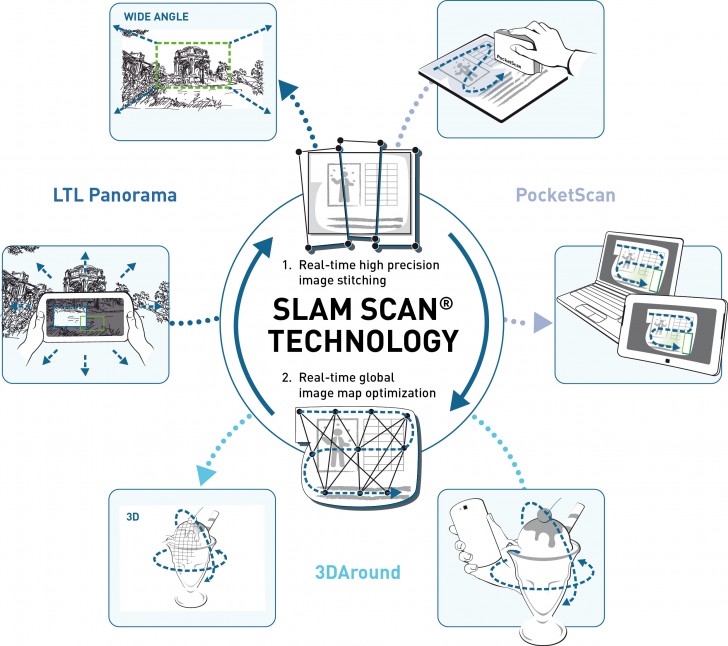The Zurich-based computer vision startup Dacuda hit the 3D scanning scene with strength after successfully launching a Kickstarter back in 2014 for the world’s first wireless, pocket-sized 3D scanner. Since then, Dacuda has partnered with photogrammetric 3D scanning pioneers Stramba to bring 3D scanning apps to the smartphone. Now, Dacuda is taking their smartphone scanning capabilities to the next level, and have just announced the latest development of their patented SLAM Scan 3D Engine, a robotics algorithm able to reconstruct 3D objects in real-time via smartphone.
Dacuda has just announced that, now, a new smartphone-based software development kit will allow gamers to scan their faces directly into their video games. Using just a smartphone with Dacuda’s SLAM Scan 3D Engine, users can create a photorealistic avatar by scanning their faces in real-time. This technology stands to greatly benefit major game developers such as EA Sports, who can allow gamers to make their own detailed avatar for future iterations of the FIFA or NBA 2K series. It certainly seems possible that Dacuda can gain access to games like these as, in their partnership with Staramba, their technology was used to capture and create 3D models of famous soccer players. Dacuda’s CEO, Peter Wiegand, spoke to PSFK about their scanning technology as an affordable and convenient scanning option.
“Today, generating 3D content is limited to expensive and cumbersome technology,” Weigand said. “Our technology allows you to scan your face in real-time to generate a high quality 3D avatar of yourself, all from your mobile device.”
But that’s not the only development that Dacuda has made to their SDK; it’s also becoming more and more compatible with 3D printing. With the Dacuda SDK, users can also 3D print figurines of themselves or other objects captured by their smartphones. There are other applications for their technology as well, such as high-precision image stitching and global image map optimization in real-time. Their SLAM Scan 3D Engine technology is able to process images from a camera and accurately determine the positioning of the image content within the 3D space, forming a ‘3D point cloud’ of the selected object or subject.
According to Dacuda, the SLAM Scan technology is used on over one million devices already, and has a number of different application areas. As more and more people adapt to having direct access to 3D scanning technology on their smartphone, that number only stands to go higher and higher.




